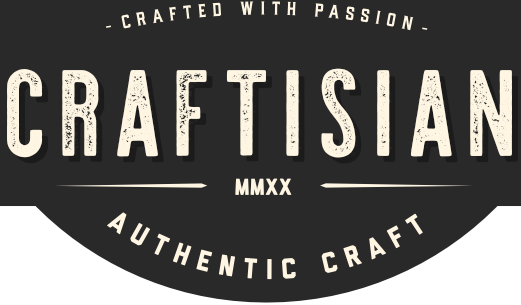Share your craft projects
Make new craft buddies
Ask craft questions
Blog your craft journey

I’m using quarter sawn ash for the trim on the panel. I cut enough material for the entire project (if all goes to plan). The border trim is 1.25”...
This blog took a backseat for a few weeks while I worked on Christmas gifts for the grandkids. The work covered here was wrapped up in October so I...
The ash trim needs to wrap around the entire panel. I’ve got the top and bottom done and now I need to add trim at the front and back ends. I’ll st...
There has been an aspect of the panel layout that has been bugging me. Now seems as good of a time as any to see if there is anything I can do abo...
The first strip to install is the center ash trim. A dab of hot melt glue is put onto the green tape between the pencil marks for the center trim....
Most of this part is taken from one of the later comments in the previous part. I have been holding back the details on how the car is going to be ...
With the forms in place and templates for the fender curves, door handle and side light I can verify the basic layout of the strip fields. The fie...
I drew location lines on the strong back for each form. After cutting a set of mounting cleats I start to mount the forms.
[image.png]
The first...
The strong back is built with a top and bottom layer of OSB and a frame between them. This yields a very stiff structure that will maintain flatnes...
I use a more error proof method to tile the forms in the CNC. There are 2 reference holes in a temporary spoil board. Two matching holes are cut in...
Lazyman suggested I should verify my form shapes by checking an inverse of the forms against the car profile. This gave me a chance to try out th...
With measurements in hand I now can enter them into a spreadsheet.
Then I can create curves that run vertically on the doors.
[image.png]
And ...




















